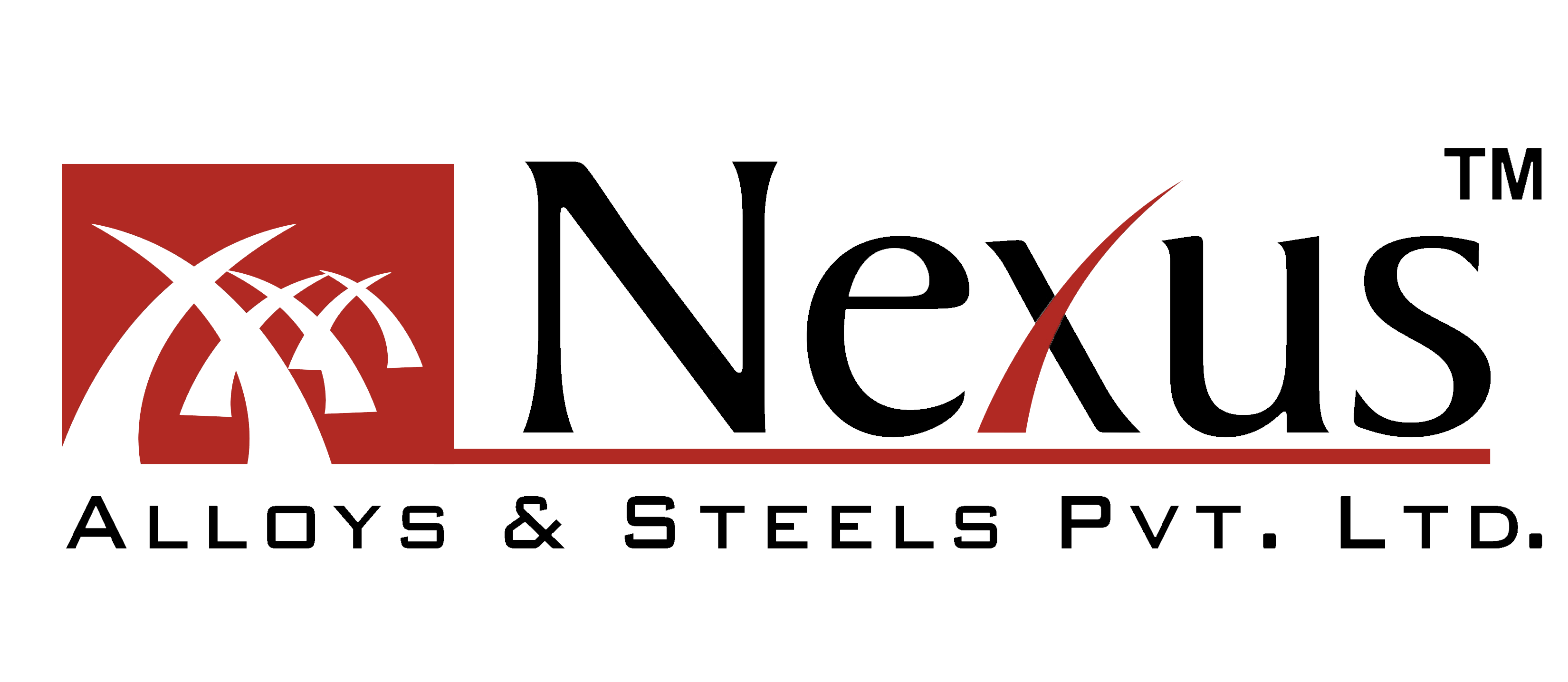SHORT-STUBEND
Home / Buttweld Fittings / SHORT-STUBEND
BUTTWELD FITTINGS
Get a Free Quote
Toll Free Call :
+91 93216 51417
COPPER NICKEL SHORT-STUBEND
The Copper Nickel Short-Stubend by Nexus Alloys and Steels is a high-quality pipe fitting designed for robust and reliable use in various industrial applications. This stub end is manufactured from a copper-nickel alloy, which gives it excellent resistance to corrosion, making it particularly suitable for use in harsh environments such as marine and offshore industries. The copper-nickel alloy also provides a unique combination of high strength, excellent formability, and good thermal and electrical conductivity


DESCRIPTION
A Copper Nickel Short-Stubend, often referred to as a stub end, is a type of fitting used in piping systems. It is designed to be used with lap joint flanges to establish connections in various industrial applications.The “short” in its name refers to its length, which is shorter than long stub ends. This makes it ideal for use in compact spaces where longer fittings might not fit. Despite its size, it does not compromise on its functionality and reliability. Nexus Alloys and Steel, the manufacturer of this stub end, is known for its commitment to quality and precision. Each Copper Nickel Short-Stubend they produce undergoes rigorous quality checks to ensure it meets the highest industry standards
Key Features of Copper Nickel Short-Stubends
- Composition : The most common composition of the alloy is 82% copper and 18% nickel. However, there are also other types of CuNi alloys such as the 90/10 and 70/30 alloys
- Properties : The properties include corrosion resistance, high thermal stability, excellent electrical conductivity, good mechanical strength, compatibility with other materials, and long-term durability
- Formability and Toughness : Copper-Nickel alloy has adequate strength but good ductility. This makes it suitable for applications where formability and toughness are required
- Applications : CuNi alloys are used extensively in various industries such as Oil and Gas, Marine, Aerospace etc.,due to their unique combination of properties
GRADES
- Cu-Ni 90/10 (UNS C70600) : Commonly referred to as Copper Nickel 90/10, this grade comprises 90% copper and 10% nickel, with additional iron and manganese for heightened strength and corrosion resistance. Recognized for its exceptional ability to withstand seawater, brine water, organic compounds, salts, diluted non-oxidizing acids, and more, it finds widespread application in marine contexts
- Cu-Ni 70/30 (UNS C71500) : Also known as Copper Nickel 70/30, this alloy consists of 70% copper and 30% nickel, supplemented with small quantities of iron and manganese to enhance overall strength and corrosion resistance. Offering superior resistance to corrosion and erosion in comparison to Copper Nickel 90/10, it is particularly employed in challenging conditions within marine and industrial services
TECHNICAL SPECIFICATION
- Standard : ASME B16.9, MSS-SP-43
- Material : Copper Nickel Alloy
- Types : Fitting for butt welding into copper-nickel-alloy pipelines
- Nickel Alloy Short-Stubend : ASTM / ASME SB 336 UNS 2200 (Nickel 200), UNS 2201 (Nickel 201), UNS 4400 (Monel 400), UNS 8020 (Alloy 20 / 20 CB 3), UNS 8825 Inconel (825), UNS 6600 (Inconel 600), UNS 6601 (Inconel 601), UNS 6625 (Inconel 625), UNS 10276 (Hastelloy C 276)
- Copper Nickel Carbon Steel Short-Stubend : Copper Nickel 90/10 (C70600 ) Short-Stubend, Cupro Nickel 70/30 (C71500) Short-Stubend, UNS C71640 Mss Sp 95 Short-Stubend
- Bending Radius : R=1D, 2D, 3D, 5D, 6D, 8D, 10D or Custom Pipe Fittings
- Size Range : ½" NB to 24" NB in Sch 10s, 40s, 80s, 160s, XXS. (DN6~DN100)
- Angle : 22.5 deg, 30 deg, 45 deg, 90 deg, 180 deg, 1.0D, 1.5D, 2.0D, 2.5D, 3D, 4D, 5D, 6D, 7D-40D
SERVICES & CERTIFICATES
- Testing Facility Available Chemical Analysis, Mechanical Tests, Ultrasonic test, PMI test , Hydrostatic test, Radiography test, Corrosion test, Metallography Test, & Miscellaneous test
- Test Certificates : Manufacturer Test Certificates as per EN 10204 type 3.1 & 3.2 as well as NABL lab test reports
